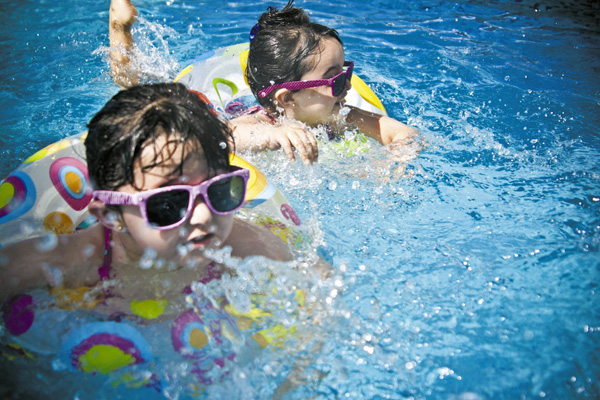
Water-related activities abound in Louisiana, the Bayou State. Between backyard pools, bayous, waterparks and ponds, there are ample opportunities to enjoy watery fun. That being said, Louisiana had the 2nd highest rate of childhood drownings in the United States from 2013 to 2015. Seventy-one children died from drowning during this time period, with a disproportionate number of them African-Americans. Around half of childhood drownings occurred in swimming pools, while the others occurred in natural waterways and other assorted locations (bathtubs, buckets, fountains, sewers and storm drains).
While some children die at the site of drowning and cannot be resuscitated, others suffer from “near drownings,” which requires hospitalization and may cause permanent damage. Although they are not medical terms, you may also hear about “wet drowning” and “dry drowning.”
Wet drowning obviously involves water penetrating into the lungs. The child may be breathing on their own with difficulty or be completely unconscious and require resuscitative procedure. Water in the lungs can irritate the lining and result in swelling (pulmonary edema), a serious, albeit rare, complication so-called “secondary drowning” which requires assisted ventilation.
In so-called “dry drowning,” the water does not penetrate the lungs, but provokes spasm of the vocal cords. This causes almost immediate wheezing, sometimes life-threatening. The victim may recover promptly, but others require hospitalization. Both “dry drowning” and “secondary drowning” are reported to be very rare, making up only 1 to 2% of all drowning events.
Careful observation after any suspected drowning event, plus a low threshold for seeking medical advice are mandatory. As with most medical conditions, prevention is the best medicine. The three principles are: (1) strictly monitor children at all times, (2) put adequate fences around all pools and (3) make sure children learn how to swim. Always remember that children can drown in small bodies of water: tubs, plastic pools, toilets, buckets, puddles and fountains. And small children move with extraordinary rapidity, evading supervision in the blink of an eye.
What other dangers are lurking in pools and other bodies of water? Infections, called recreational water illnesses, occur regularly from a wide variety of organisms. Cryptosporidia, a parasite, is transmitted through stool and ingested by mouth as is Giardia, a protozoa. Dirty diapers are notorious source of these organisms as well as Norovirus, Shigella and E-Coli 0157-H7. Norovirus is viral, but both Shigella and E-Coli are bacterial. All can cause diarrhea, sometimes massive and serious. Small children and older adults are both particularly susceptible to complications associated with diarrhea-related dehydration. Treatment varies according to the organism, but always involves aggressive rehydration.
Anyone with diarrhea should avoid going into a pool. Parents whose infant children have soiled diapers—with or without diarrhea—should also keep their children out of the pool. Small numbers of organisms can infect an entire pool and some germs, such as Cryptosporidia, are resistant to disinfectants used in pools. Recreational water illnesses remain a constant threat.
Last, but not least. Water brings with it an increased population of mosquitos. Household mosquitos, Aedes aegypti and Aedes albopictus, can reproduce in as little as a bottle cap of water. They transmit West Nile Virus, which is locally present, but also Zika, Chikungunya and Dengue that occur only in other countries. West Nile can cause a devastating neurological disease which can result in death, more often in older individuals. Removing standing water around homes, notably flower pots, gutters, drains and ditches, remains critical.
In short, water relieves our oppressive heat, but carries a number of dangers including drowning, infections and mosquito proliferation. While it is impossible to eliminate water from the Louisiana landscape, we need to follow some common-sense measures to reduce the many potential dangers.
For more information on water safety, visit www.childrenssafetynetwork.org/injury-topics/drowning-prevention and www.cdc.gov/healthywater/swimming/swimmers/rwi.html










